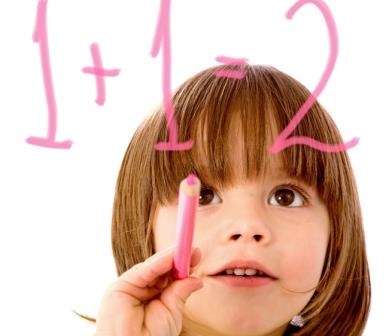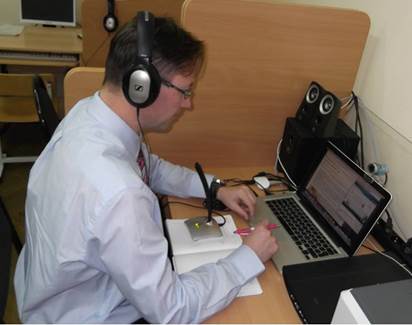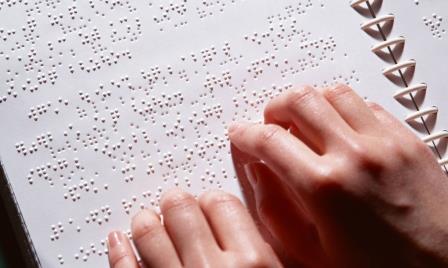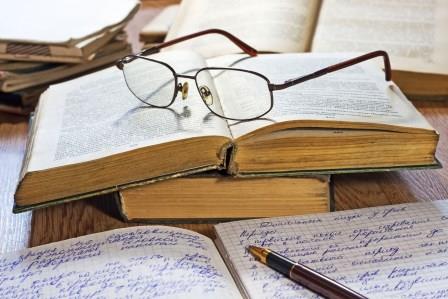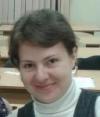References
- Kettel R. P. Paraphrase without plagiarism: use RRLC (Read, Reread, List, Compose). The Reading Teacher. 2018. Vol. 72. No. 2. P. 245-255. DOI: 10.1002/trtr.1697
- Keck C. How do university students attempt to avoid plagiarism? A grammatical analysis of undergraduate paraphrasing strategies. Writing and Pedagogy. 2010. Vol. 2. No. 2. P. 193‒222. DOI: 10.1558/wap.v2i2.193
- Shi L. Rewriting and paraphrasing source texts in second language writing. Journal of Second Language Writing. 2021. Vol. 21. No. 2. P. 134‒148. DOI: 10.1016/j.jslw.2012.03.003
- Hirvela A, Du Q. «Why am I paraphrasing?»: undergraduate ESL writers’ engagement with source-based academic writing and reading. Journal of English for Academic Purposes. 2013. Vol. 12. No. 2. P. 87‒98. DOI: 10.1016/j.jeap.2012.11.005
- Keck C. The use of paraphrase in summary writing: a comparison of L1 and L2 writers. Journal of Second Language Writing. 2006. Vol. 15. No. 4. P. 261‒278 DOI: 10.1016/j.jslw.2006.09.006
- Keck C. Copying, paraphrasing and academic writing development: a re-examination of L1 and L2 summarization practices. Journal of Second Language Writing. 2014. Vol. 25. P. 4‒22. DOI: 10.1016/j.jslw.2014.05.005
- Rossi S. L. Revisioning paraphrasing instruction. In: Eaton S. E., Christensen Hughes J. (Eds.), Academic Integrity in Canada. Ethics and Integrity in Educational Contexts. Cham, 2022. Vol. 1. P. 411‒429. DOI: 10.1007/978-3-030-83255-1_21
- Rustan E., Thaha H. Decreased plagiarism behavior in academic writing by using reflective writing. International Journal of Society, Culture & Language. 2023. P. 1‒18. DOI: 10.22034/ijscl.2023.2002642.3037
- Alvi F., Stevenson M., Clough P. Paraphrase type identification for plagiarism detection using contexts and word embeddings. International Journal of Educational Technology in Higher education. 2021. Vol. 18. Art. 42. DOI: 10.1186/s41239-021-00277-8
- Choi Y. H. Paraphrase practices for using sources in L2 academic writing. English Teaching. 2012. Vol. 67. No. 2. P. 51‒79.
- Chien S. C. Cultural constructions of plagiarism in student writing. Research in the Teaching of English. 2014. Vol. 49. No. 2. P. 120‒140.
- Hu G., Lei J. Plagiarism in English academic writing: a comparison of Chinese university teachers' and students' understandings and stances. System. 2016. Vol. 56. P. 107‒118. DOI: 10.1016/j.system.2015.12.003
- Mori M. Our speech is filled with others’ words: understanding university student and instructor opinions towards paraphrasing through a Bakhtinian lens. Ampersand. 2018. Vol. 5. P. 45‒54. DOI: 10.1016/j.amper.2018.11.002
- Escudero I., Fuertes N., López L. Paraphrasing strategy in EFL Ecuadorian B1 students and implications on reading comprehension. English Language Teaching. 2019. Vol. 12. No. 1. P. 56‒66.
- Tran T. T. T., Nguyen H. B. The effects of paraphrasing on EFL Students’ academic writing. Journal of Language and Linguistic Studies. 2022. Vol. 18. No. 1. P. 976‒987. DOI: 10.52462/jlls.233
- Anderson E. C., Vanderhoff A. M., Donovick P. J. A manifestation of the bilingual disadvantage in college-level writing. International Journal of Language Studies. 2013. Vol. 7. No. 1. P. 135‒150.
- Carhill-Poza A., Chen J. Adolescent English learners’ language development in technology-enhanced classrooms. Language Learning and Technology. 2020. Vol. 24. No. 3. P. 52‒69.
- Bhagat R., Hovy E. What is a paraphrase? Computational Linguistics. 2013. Vol. 39. No. 3. P. 463‒472. DOI: 10.1162/COLI_a_00166
- Vila M., Marti M. A., Rodriguez H. Paraphrase concept and typology. A linguistically based and computationally oriented approach. Procesamiento del Lenguaje Natural. 2011. Vol. 46. P. 83‒90. DOI: 10.1016/j.jslw.2012.03.003
- Vila M., Bertran M., Marti M. A., Rodriguez H. Corpus annotation with paraphrase types: new annotation scheme and inter-annotator agreement measures. Language Resources and Evaluation. 2015. Vol. 49. P. 77‒105.
- Mariani M., Rahayu P. S., Nor H. Paraphrasing strategies in higher education. Proceedings of the International Conference on Education of Suryakancana. 2021. P. 418‒428. DOI: 10.35194/cp.v0i0.1380
- Çeşme H. Exploring paraphrase performances and strategies of graduate student writing. Shanlax International Journal of Education. 2022. Vol. 11. No. 1. P. 10‒23. DOI: 10.34293/education.v11i1.5247
- Ismail I., Sunubi A. H., Halidin A., Amzah A., Nanning N., Kaharuddin K. Paraphrasing technique to develop skill for English writing among Indonesian college students of English. Systematic Reviews in Pharmacy. 2020. Vol. 11. No. 11. P. 291‒297.
- Hyytinen H., Löfström E., Lindblom-Ylänne S. Challenges in argumentation and paraphrasing among beginning students in educational sciences. Scandinavian Journal of Educational Research. 2017. Vol. 61. No. 4. P. 411‒429. DOI: 10.1080/00313831.2016.1147072



